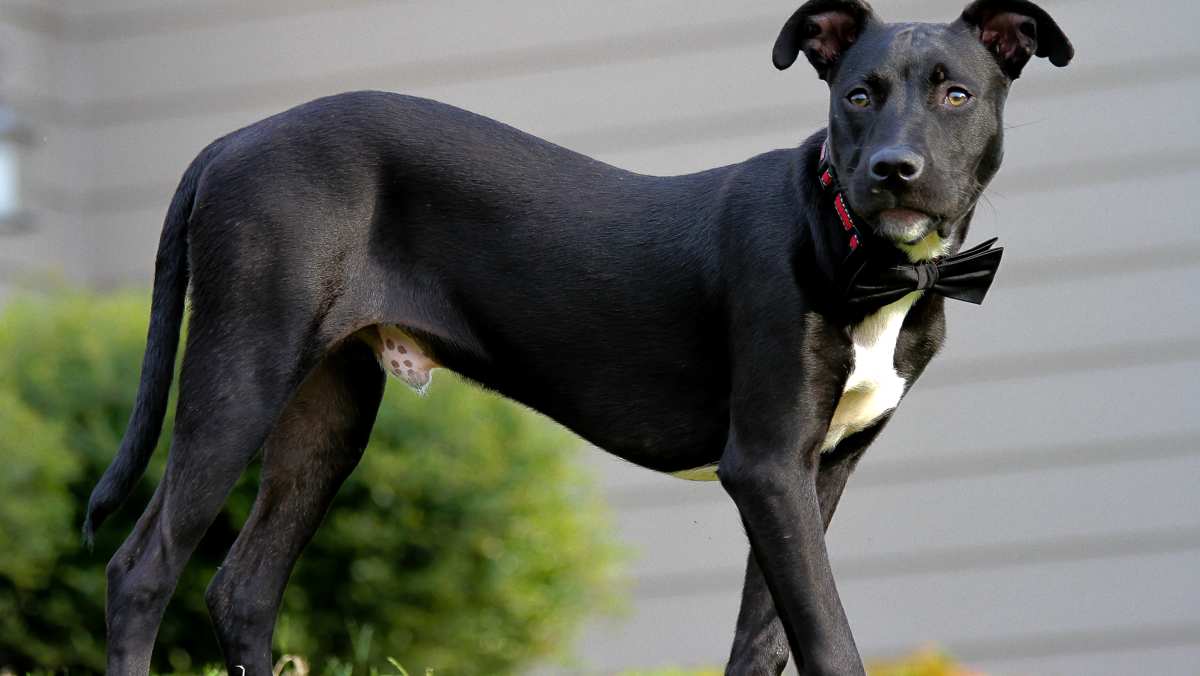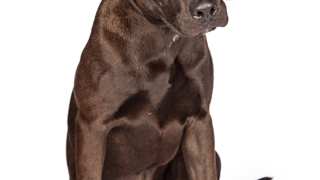Labrabull Breed Details
Although the Labrador Retriever was bred as a hunting and retrieving partner, and the Pitbull has an extensive fighting/sporting history, the Labrabull is typically a companion dog. If trained and socialized early, they make the best matches for individuals or families that are active and have a large home and yard.
Pros
- Labrabulls are loyal and protective; they can perform as guard dogs.
- They can be playful and sweet family companions and fit in well with other dogs.
- These dogs warm up quickly to new people.
- Their coats are short, shed lightly, and are easy to groom.
- Active, athletic individuals will be an excellent match for them.
Cons
- They tend to chase cats and other small pets if not socialized and trained early.
- Labrabulls will ideally live in a house with a fenced yard.
- Owners must have time to exercise this breed daily.
- Training will take time and patience.
- This breed may be prone to aggression if not lovingly trained and socialized as a puppy.






